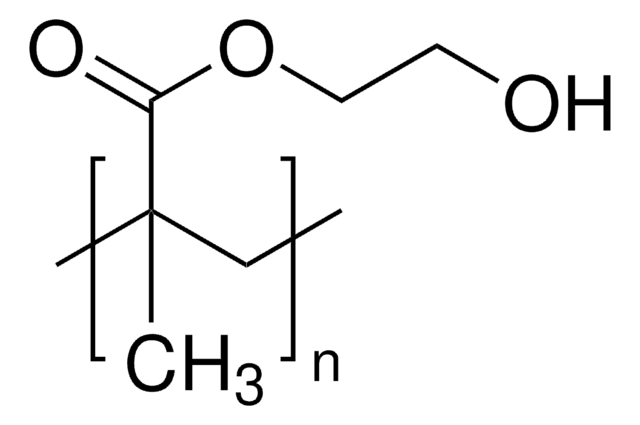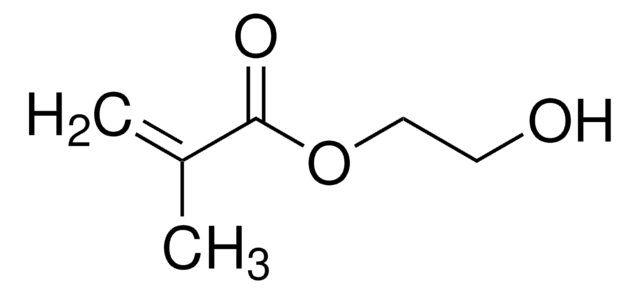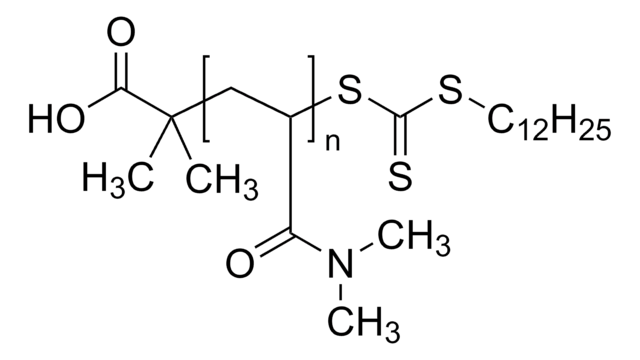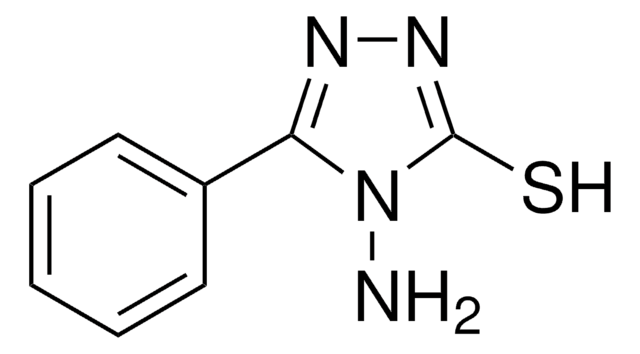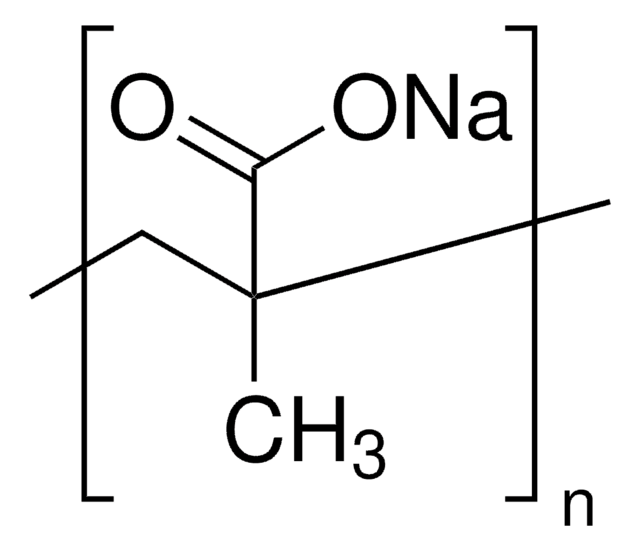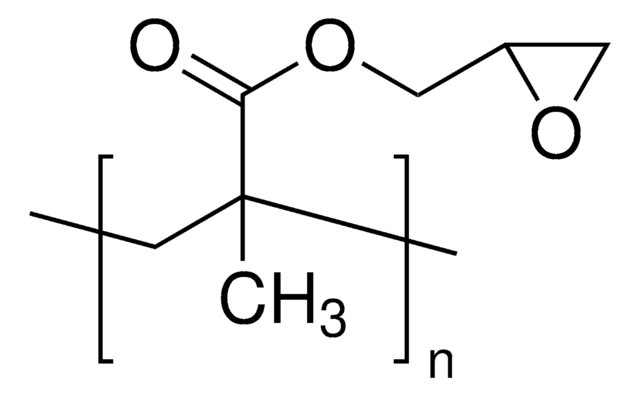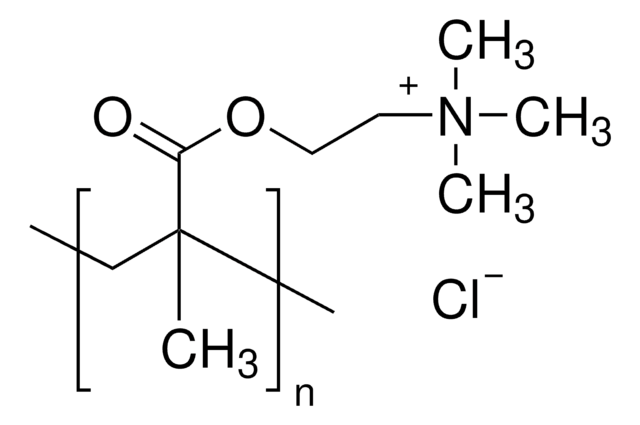About This Item
おすすめの製品
フォーム
powder
分子量
average Mv 20,000
転移温度
Tg 84.8 °C
密度
1.15 g/mL at 25 °C (lit.)
SMILES記法
CC(=C)C(=O)OCCO
InChI
1S/C6H10O3/c1-5(2)6(8)9-4-3-7/h7H,1,3-4H2,2H3
InChI Key
WOBHKFSMXKNTIM-UHFFFAOYSA-N
類似した製品をお探しですか? 訪問 製品比較ガイド
アプリケーション
- Hydrogen-bonds structure in poly(2-hydroxyethyl methacrylate) studied by temperature-dependent infrared spectroscopy:温度依存赤外分光法を使用して、ポリ(2-ヒドロキシエチルメタクリラート)(PHEMA)の水素結合構造を調べています。(S Morita, 2014)。
- Transparent and tough poly(2-hydroxyethyl methacrylate) hydrogels prepared in water/IL mixtures:さまざまな生物医学用途で使用できる可能性のある、頑強で透明なPHEMAハイドロゲルの開発について記述しています。(Y Liu et al., 2020)。
- Reduced cell attachment to poly(2-hydroxyethyl methacrylate)-coated ventricular catheters in vitro:カテーテルなどの生物医学デバイスにおける利点として、PHEMAコーティングが細胞付着性をどのように低減できるかを調べています。(BW Hanak et al., 2018)。
- Surface modification of poly(2-hydroxyethyl methacrylate) hydrogel for contact lens application:コンタクトレンズ用途への適合性を改善するためのPHEMAハイドロゲルの修飾について研究しています。(M Kazemi Ashtiani, M Zandi, 2018)。
物理的形状
保管分類コード
11 - Combustible Solids
WGK
WGK 3
引火点(°F)
Not applicable
引火点(℃)
Not applicable
個人用保護具 (PPE)
Eyeshields, Gloves, type N95 (US)
適用法令
試験研究用途を考慮した関連法令を主に挙げております。化学物質以外については、一部の情報のみ提供しています。 製品を安全かつ合法的に使用することは、使用者の義務です。最新情報により修正される場合があります。WEBの反映には時間を要することがあるため、適宜SDSをご参照ください。
Jan Code
529265-BULK:
529265-VAR:
529265-5G:
529265-25G:
この製品を見ている人はこちらもチェック
資料
Professor Shrike Zhang (Harvard Medical School, USA) discusses advances in 3D-bioprinted tissue models for in vitro drug testing, reviews bioink selections, and provides application examples of 3D bioprinting in tissue model biofabrication.
Professor Shrike Zhang (Harvard Medical School, USA) discusses advances in 3D-bioprinted tissue models for in vitro drug testing, reviews bioink selections, and provides application examples of 3D bioprinting in tissue model biofabrication.
Self-assembled monolayers (SAMs) have attracted enormous interest for a wide variety of applications in micro- and nano-technology. In this article, we compare the benefits of three different classes of SAM systems (alkylthiolates on gold.
Self-assembled monolayers (SAMs) have attracted enormous interest for a wide variety of applications in micro- and nano-technology. In this article, we compare the benefits of three different classes of SAM systems (alkylthiolates on gold.
ライフサイエンス、有機合成、材料科学、クロマトグラフィー、分析など、あらゆる分野の研究に経験のあるメンバーがおります。.
製品に関するお問い合わせはこちら(テクニカルサービス)